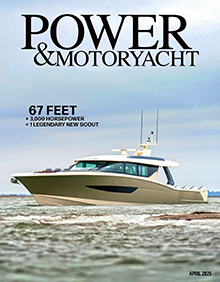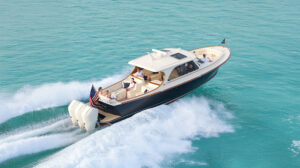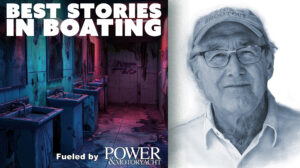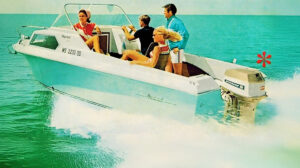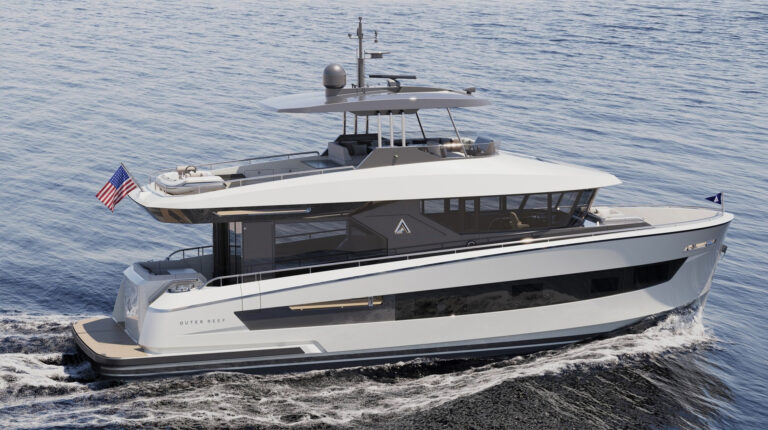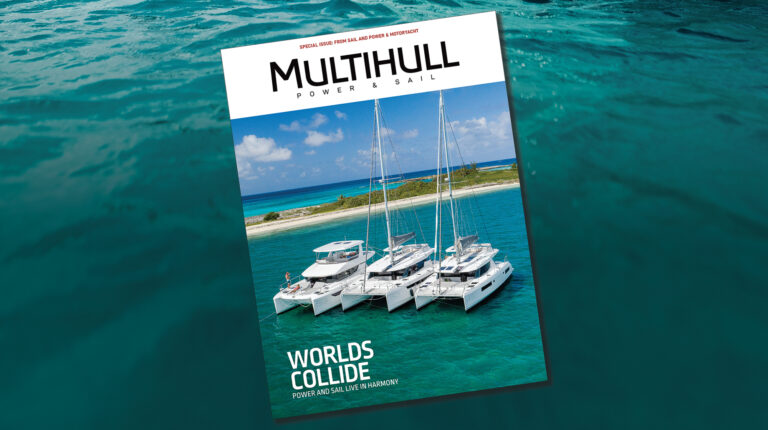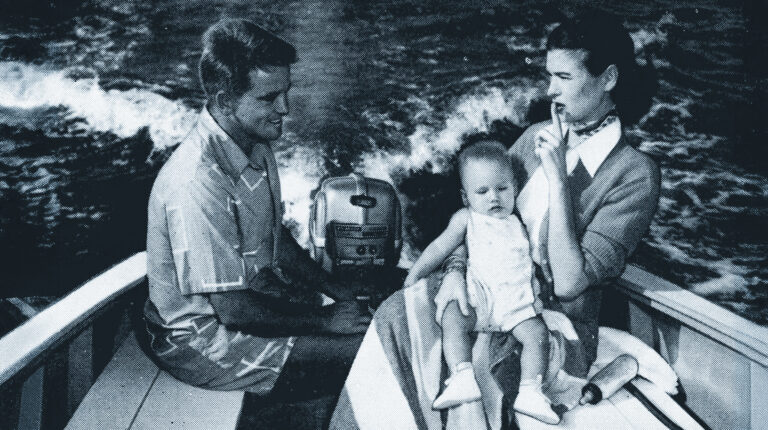Running with the Wind
Offshore wind farms are proliferating across the East Coast. Luckily, recreational boaters were consulted.

A powerboat magazine may not be the most logical place to discuss wind power, but then again, I’m not talking about using wind to power boats—I’m referring to wind farms that can power anything.
Growth in renewable energy is everywhere in the U.S., from large fields of solar arrays in the South, to wind turbines lining mountain passes in the West. Offshore wind farms are nothing new, with a couple sites in operation, and more planned to pop up in coastal waters from New England to the Carolinas in the coming years. The biggest question for boaters is how these rows of turbines will impact navigation and the marine environment.
The first commercial offshore wind farm in the U.S. was the Block Island Wind Farm, completed in 2016. Located just south of Block Island, Rhode Island, with only five turbines, it served as a pilot for future projects before thousands of turbines go up along the Atlantic seaboard.

Foreseeing the growth of this industry, and using the experience gained in Block Island, the Bureau of Ocean Energy Management (BOEM) convened an Offshore Wind and Maritime Knowledge Exchange in Baltimore, Maryland, in 2018. BOEM invited energy suppliers, along with the U.S. Coast Guard and NOAA officials, to exchange ideas with all maritime interests. The meeting was open to the public and helped to produce guidelines for navigating in and around wind farms.
Feedback also played a role in how the wind farms space out the individual turbines. Energy companies install turbines for maximum performance, staggering their position so no turbine sits in the wind shadow of another. Block Island’s turbines are currently spaced at half-mile intervals in staggered rows. A boat navigating near the structures must weave a course around them. After receiving comments from commercial and recreational boaters, new installations will be set one nautical mile apart and positioned in a straight line, enabling boats to run a straight course between them.
While the waters surrounding the wind farms will be open to boaters once completed, exclusion zones will exist during construction and the laying of transmission cables to shore. NOAA and the Coast Guard have established a consistent set of navigation aids to mark all coastal wind farms. Authorities and the energy companies are also experimenting with some form of AIS or RACON transmitters, permanently fixed to the individual turbines. This would enable boaters with AIS receivers and radar to pick up the structures with onboard electronics.

Boaters may not intentionally set a course into a wind farm, but it’s nice to know we don’t have to navigate around them if they are in our path. Saltwater anglers on the other hand may flock to them for the fish life collecting around the submerged structures. This is not happening against the energy companies’ wishes; they’ve actually given anglers their blessing. Ørsted S/A spokesperson Gabe Martinez said, “There are few to no restrictions on fishing or tourist activities around the site, other than not physically tying up to the turbines.” Ørsted is a Danish energy company with contracts to develop wind farms offshore of New York and New Jersey, and it has acquired the Block Island installation.
While there is nowhere near universal acceptance of wind energy, it appears wind farms will be a part of the boating future. Just as boaters became accustomed to navigating around oil platforms in the Gulf of Mexico, offshore wind farms will become normal as well, like it or not.

